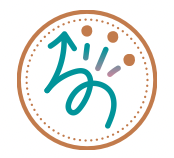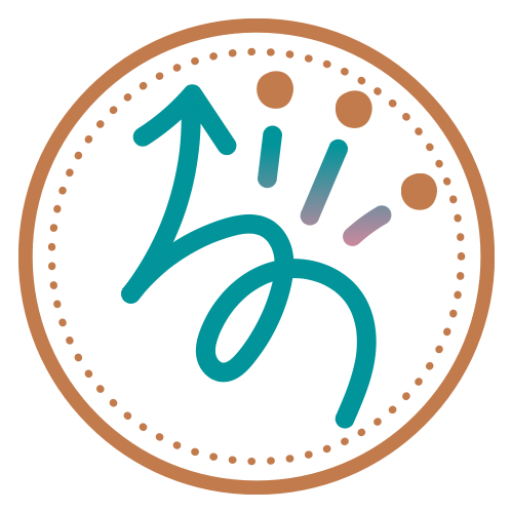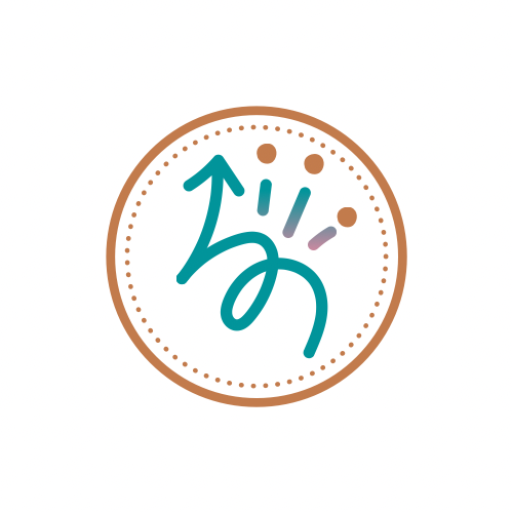Built Up Foam Pencil Grip: A Handwriting Aid
This resource is all about how to make your own built up foam pencil grip handwriting aid. These built up foam grips not only provide the user with an improved grasp on the pencil and better comfort, but are also quick to make. This type of assistive technology can help to decrease stress on the joints and alleviate discomfort associated arthritis when handwriting. The foam pencil grip creates an open webspace needed for handwriting while also helping to improve positioning for those with muscle tone differences.

This content is not intended as a substitute for medical advice, diagnosis, or treatment. Always seek the advice of your physician, therapist, or other medical professional regarding a medical condition or treatment. This content is for informational purposes only. See full disclosure here.
All links in this post are non-affiliate links, and are provided for your convenience.
What Is A Built Up Foam Ball Pencil Grip?
A built up foam pencil grip is an adaptive handwriting aid that provides an ergonomic, built up gripping surface for a pen or pencil. These pencil grips are designed using an incredibly soft, tear dropped shaped cosmetic complexion sponge (Walmart) that I found at a local grocery store (Kroger) . These can be used with pens, pencils, and even paint brushes. The complexion sponges are incredibly soft and squishy, I personally love the feel of the sponges.
This handwriting tool helps to create an open webspace. An open webspace is the space where the pencil typically rests between the index finger and thumb. An open webspace is needed when holding a pencil with a tripod grasp, and also while using scissors.
Who Might Benefit From Using A Built Up Foam Pencil Grip?
These built up pencil grips can be used by either right or left handed individuals who are seeking better pencil control and comfort while using a writing device.
These built up foam pencil grips may benefit those with:
- Arthritis
- Differences in muscle tone; high or low muscle tone
- Experiences pain or fatigue while writing
- Sensory processing differences
- Differences in muscle strength
- Children learning handwriting skills
- Dyspraxia and coordination differences

Arthritis
This built up foam pencil grip helps to provide those with arthritis better ergonomic comfort while helping to decrease stress on the joints when writing. Built up pencil grips can be beneficial in reducing stress and fatigue on the joints. In addition, these handy little pencil grips can also help to alleviate pain associated with writing.
Sensory Processing Differences
For individuals with sensory processing differences, a built up pencil grip will provide the user with additional sensory input. It may also help to improve body awareness to the hand. This will allow the user to grasp the pencil with more ease and comfort while maintaining improved pressure on the pencil.
Check out this post on how to make your own weighted pencil and how it can provide support for those with sensory processing differences.
Young Children Learning Handwriting Skills
For young children, this handwriting tool can be effective in transitioning to a functional tripod grasp and can help develop handwriting skills. This tool may also provide children with support when learning to write and hold a pencil while also creating an open webspace needed for handwriting activities.
Make sure to choose a complexion sponge that fits your child’s hand size well such as the medium size sponge shown above for young children. See sizing below for details.
Muscle Tone Differences
For individuals with muscle tone differences, a built up pencil grip can be beneficial. The built up pencil can provide users with a more functional gripping surface. This type of handwriting aid can provide users with both low and high muscle tone in the hand with an easy to use handwriting aid.
For those with low or decreased muscle tone and strength, this built up tool can help to maintain a functional pencil grasp. The built up foam surface can also provide the user with enhanced fine motor control. Furthermore, the built up foam pencil grip can also help to improve the pressure applied to the pencil.
If the user has increased hand muscle tone, the larger complexion sponge may be beneficial for their case depending on their hand size. A larger sponge may help to create a more open webspace space while being able to maintain their grasp on a pencil. In addition, it may also provide the support needed to maintain a more functional grasp on a pencil. Because these sponges are squishy and compress easily, some individuals with increased muscle tone may need a built up handwriting aid with more structure that will not change shape or compress when squeezed.
It’s important to check with your occupational therapist to see if this type of built up handwriting device is a good fit for your particular case. Your OT can ensure it places the hand in the correct position especially for those with muscle tone differences.
* Contact your personal occupational therapist to see if this built up handwriting aid is a good fit for you or your child.

The DIY Built Up Foam Pencil Grip
Today’s project focuses on creating a DIY built up foam pencil grip with the best comfort and feel as well as ergonomic positioning. In addition, the built up, tear drop helps to position the hand in a functional tripod position. These built up foam grips should not interfere with the fine motor movements needed to form letters.
Built Up Pencil Grips Using Other Materials
There are a variety of materials that can be used to make built up pencil grips including styrofoam balls, self-adhesive bandage, foam tubing, duct tape, and even tennis balls. However, duct tape as well as a self-adhesive bandage may not provide the best comfort and feel. For some, the duct tape and self-adhesive bandage may cause an adverse reaction based on the feel of the materials. Besides the environmental impact of styrofoam, styrofoam can also be picked apart easily. And more often than not, tennis balls are often too large to use as a handwriting tool.
Foam tubing may be a good option as well depending on your case to use as a built up gripping surface. Check out my post on how to create your own built up utensils for forks, toothbrushes, hairbrushes, etc.
Other Types Of Pencil Grips And Handwriting Tools You Might Be Interested In:
What Size and Shape Foam Ball Should I Use?
For this project, I used the e.l.f. brand cosmetic complexion sponges typically used for applying make-up. I found these at my local grocery store in the make up section. You can purchase these online at Walmart as well. Target sells white complexion sponges by the same brand, but so far I am unable to find them locally. The trio set came with a pack of three sponges a small, medium, and large. I did not use the smallest sponge in the pack. You can keep it for another project or use it as a fine motor strengthening tool by squeezing it using the pincer grasp or even use it as a painting device for kids.
Shape
Position the tear drop sponges so that the narrow tip end is positioned towards the fingertips.
Size
Depending on the hand size of the user, choose a foam sponge that isn’t too big or too small for their hand. If you are questioning which size, try making both the medium and large size and see which on feels the best. These pencil grips are super quick to make and only take a few minutes.
Color
At this time, I am only able to find pink complexion sponges found at Walmart. Target sells white complexion sponges by the same brand, however, I am unable to find them locally. If you are able to find any additional colors of these same sponges, please let us all know in the comments below. Thank you!
Sponge Size And High Muscle Tone
If the user has increased upper body and hand muscle tone, a larger foam sponge may be beneficial for their case. The large sponge may provide them with the support needed to maintain a pencil in hand. In some cases, a wider gripping surface (a larger built up pencil grip) may be needed than what the complexion sponge can provide. It’s important to check with your personal occupational therapist to see if this type of built up handwriting device is a good fit for your particular case to ensure it places the hand in the correct position.
Sponge Washing Care
These sponges can be washed by hand using soap and water ; however, the sponges will naturally increase in size when rinsed. Once dried, the sponge will go back to their original size. To wash, just remove the sponge from the pencil, wash, and let dry completely before use.



How To Make A Built Up Foam Pencil Grip
Materials
- e.l.f. foam cosmetic complexion sponges trio set (Walmart pink sponges). Keep a lookout for white sponges found at Target by the same brand- I am unable to find the white complexion sponges locally at Target.
- Nail
- Thin screw driver
- Pencil or pen
Instructions
- First, using the nail slowly push the nail through the complexion sponge starting at the wider end, aiming for the opposite pointed end. See picture.
- Wiggle the nail around from side to side to increase the hole size. Remove the nail.
- Next, complete step one and two again using the screw driver to widen the hole more.
- Place pencil through hole. Make adjustments to the sponge’s positioning on the pencil near the pencil lead. Recreate the tear drop shape if it is folded under. Grab the ends of the sponge to release the edge folded in.
- To sharpen the pencil, pull the sponge up the pencil toward the eraser, and reposition when finished.
Resources
- e.l.f. cosmetic complexion sponges trio set can be purchased at Walmart (pink sponges).
- Look for other ways to make your own built up pencil? Check out Equip2Adapt’s post on creating a variety of built up handwriting devices or accessible art adaptations.
- Built up foam tubing that can be purchased on Amazon.











